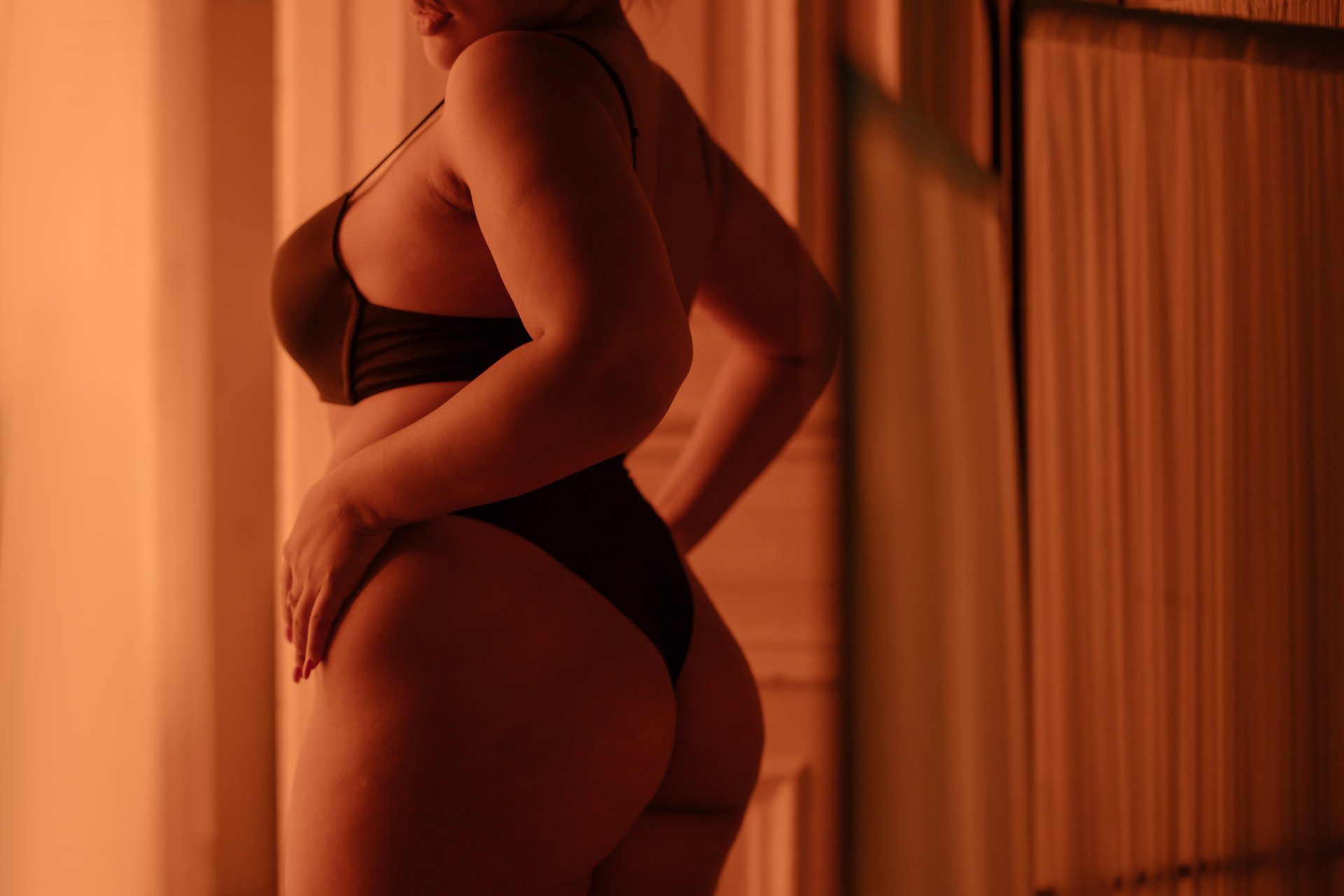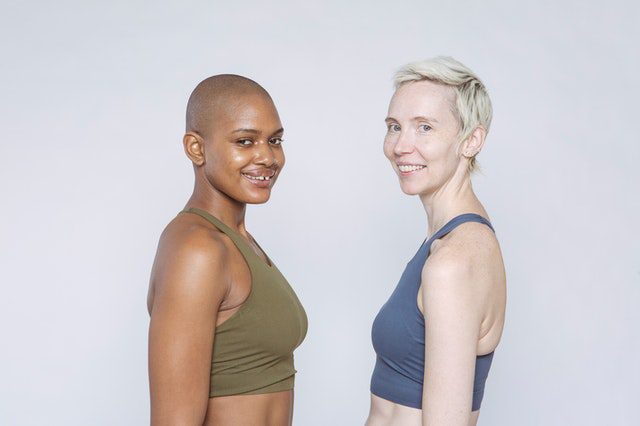
Sports Bras: A Guide
Whether you are a transgender woman who has recently begun developing breasts after starting hormone replacement therapy, or you are a transgender man looking for something to bind your chest, a sports bra can come in very handy.
Wearing bras to express your gender identity can help improve your self-esteem and, in so doing, improve your mental health. Sports bras are also excellent for anyone with a more active lifestyle, regardless of gender identity.
However, finding the right fit and size for your body type and individual needs can be challenging when bra-shopping or wearing binders is still new to you.
Many transgender women struggle to find a well-fitting bra because they tend to have a broader chest or back measurement compared to their bust size. Similarly, a transgender man doing weight training to expand their chest and upper body muscles may have problems finding a compression sports bra or binding bra in their size.
Even athletic clothing stores or brands do not always cater to women with a larger upper body size.

Sports Bras
The first sports bras were developed in the mid-to-late 1970s but only became more commonplace during the 1990s.
A sports bra is so named for the support it provides during light to vigorous exercise. They are specifically designed to minimize movement in the breasts that could lead to discomfort. They can be worn underneath clothes, usually very well hidden under a t-shirt, or on their own in the case of bras designed to be outerwear.
Sports bras are usually made from a soft cotton fabric. Because of this, a regular cotton sports bra is breathable and absorbs moisture, making it the perfect bra for optimal comfort during exercise.
The breathability also comes in handy for trans men who use sports bras instead of a regular binder. The fabric’s breathability makes a cotton sports bra feel more comfortable when being worn for a few hours.
Typically, there are two types of sports bras available. One is a compression sports bra, and the other is an encapsulation sports bra. While both were designed to be used during sports and other athletic activities, there are still some key differences between them.
Discover the differences to determine which type is the best sports bra for you.
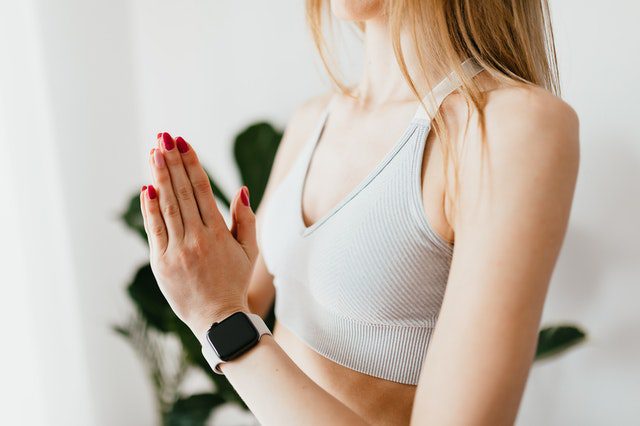
Uses
Sports Bras For Binding
A compression sports bra, sometimes called a binding minimizer bra, is designed to compress the chest area so that it lays flat.
There are many benefits to this from an athletic point of view. It reduces movement of the breasts and helps to eliminate bounce- even during vigorous exercise. Bouncing for an extended period of time, like during exercise, can cause discomfort later. Therefore, it is best to minimize movement.
However, for trans men looking for a comfortable chest binder, a binding bra can be very helpful. They minimize breasts, sit comfortably across the rib cage, and promote smoother body lines. In the case of someone with a naturally flatter chest, a compression bra could minimize the breasts enough for the upper body to have a completely flat appearance. They are a great alternative to an actual binder or compression vest.
Compression bras are also sometimes used instead of wearing binders while recovering from top surgery.
Some sports bras even have double layer compression, making them the perfect binder for a slightly bigger chest measurement.
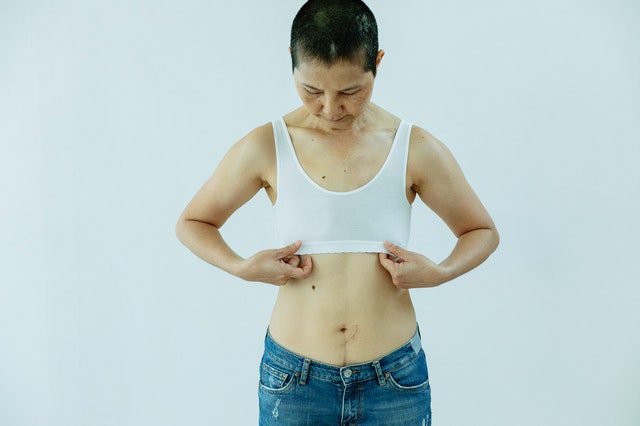
Sports Bras for Support
An encapsulation sports bra is an excellent choice for transgender women simply looking for support or those with a larger bust size.
Encapsulation bras are so named because they separate, encapsulate, and support each breast individually. They provide the same function as everyday bras but provide more support.
These bras reduce movement in the breasts just like compression undergarments but do nothing to minimize the overall size of the breasts. In fact, they provide a much more natural breast shape than compression bras, making them ideal for transgender women. They also help to prevent breast pain and sagging.
While they better accommodate a big chest, the downside of these bras is that they often contain an underwire, which can also become uncomfortable after prolonged wear.
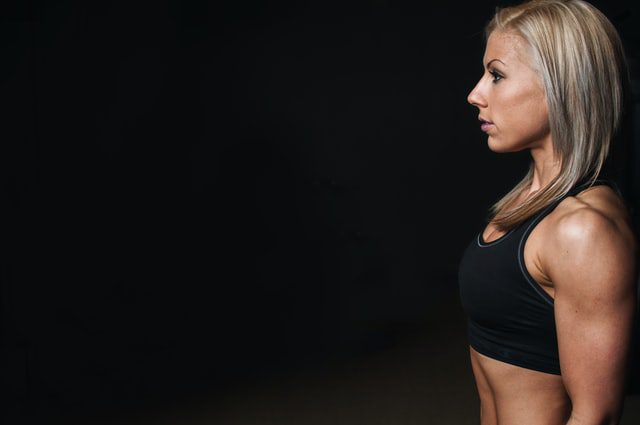
Tips
Measuring
There are many resources available online that could help you find your perfect sports bra measurement, from a sizing chart to measurement tutorials. Many lingerie stores also offer in-store measurement services. However, one can also use a formula at home to determine your bust size.
Take a measuring tape and wrap it around your rib cage, just under your bust. Note the measurement, and add five inches (or 12.7 centimeters) to it. In the case of an odd number, you will need to take the next nearest whole inch or add one for it to become an even number. This measurement becomes your bra band size.
To find your cup size, measure around the widest point of your chest. For many people, this will be around the back and across the nipples. This becomes your cup measurement. After which, subtract your band measurement from your cup measurement. Then, use the differential, and the following guide, to find the size of your cups.
1 Inch = A Cup
2 Inches = B Cup
3 Inches = C Cup
4 Inches = D Cup
5 Inches = DD Cup/ E Cup
6 Inches = F Cup
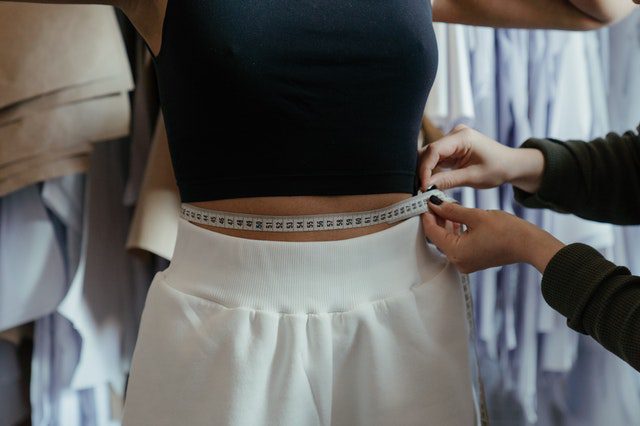
Correct Fit
While this measurement guide may work for most people, some trans men and women may still struggle to find a comfortable sports bra. It is important to note that bras should be the correct fit for your body type in cases such as these.
Bra sizing differs between brands and clothing stores, so it may be a good idea to shop around and try on different bras after consulting the measurement guide to come to a final decision about your ideal sports or binding bra size.
As a general rule of thumb, a bra should have a snug measurement without pinching any of your skin. If there is room left in the cups after trying it on or the back of the bra tends to ride up, you may have a sports bra that is too big.
To prevent ride-up and roomy cups, experiment with going up or down a cup or band size. You might need to do this a few times and try on a few different bras until you find that the bra stays in place and is a snug fit around your breasts.
For transgender men, the above measurement and fit guides may be less necessary, as a compression sports bra will often come in small, medium, and large sizes instead of Cup and Band sizes.
However, it is still important to note that even a binding bra must have a snug fit. If you find that your sports bra moves around too much, you may have a size too large. When a minimizing binder moves too much, it can cause friction and chafing on your chest, which is the opposite of what you want.
It is also essential to ensure that your binding sports bra is not too tight. If you have trouble breathing or can’t breathe deeply, this is a problem, and you may need a larger size.
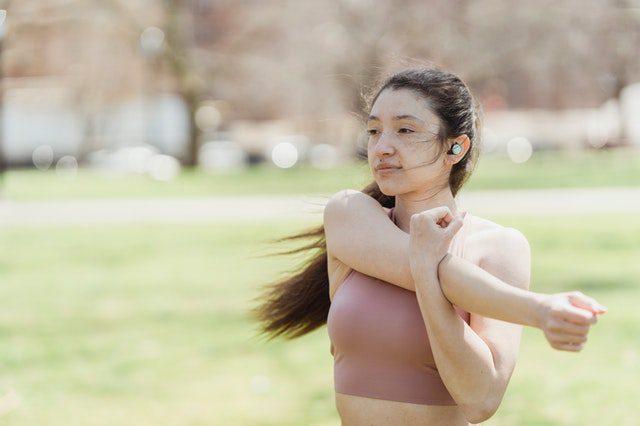
Wide Straps
Whether you are buying a bra for compression or added support, comfortable shoulder straps are vital.
A sports bra with thin straps can become uncomfortable or even painful after a while, as the straps tend to dig into the skin. This is especially true for people with a larger bust. It is also dangerous, as it may cause damage to the nerves or breast tissue after prolonged wear.
For adequate shoulder support, a bra with wider straps is the way to go. These straps should also not roll up or towards the armholes as you move around.
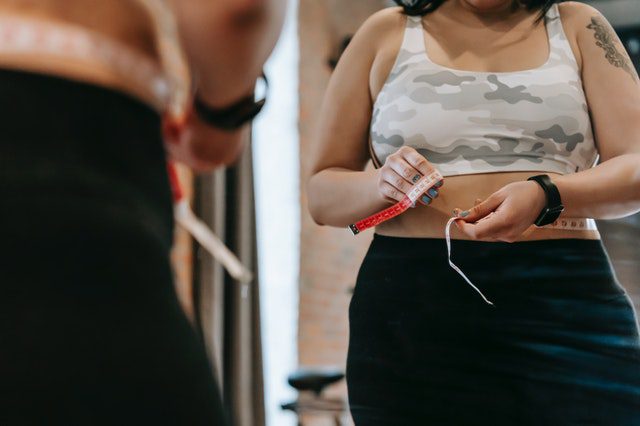
Sports Bras FAQs
How long can you bind with a sports bra?
Binding too frequently or too long can affect your skin elasticity, which is very important in the case of transgender men considering a top surgery. It can also cause chest or back pain.
It is important to take breaks while binding and avoid wearing binders or binding bras for no longer than eight to 12 hours a day. In addition, consider not wearing your binding minimizer bra every day, and avoid wearing it during the night while you sleep.
Can sports bras damage your breasts?
An ill-fitting sports bra can cause breast, back, or shoulder pain due to lack of support and lead to skin damage in the form of stretch marks. It can also affect posture and cause painful skin abrasions and rashes.


